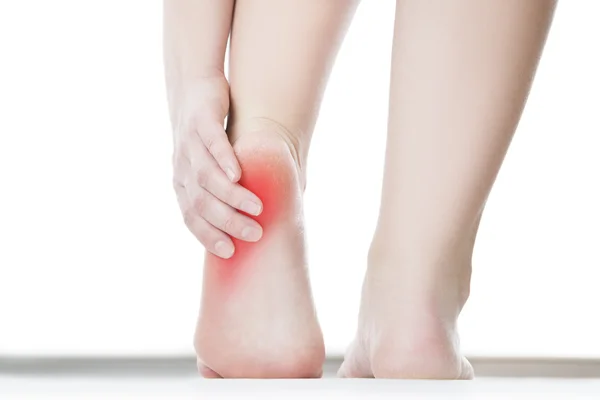
Plantar Fasciitis is one of the most common causes of heel pain, also known as Plantar fasciopathy or jogger’s heel. This pain usually creeps up on you, but it can come on suddenly and severely. It tends to be worse in the mornings; this is when the fascia is stiff. Although both feet can be affected, it is more likely to affect only one foot. In severe cases, the foot will most likely hurt all the time; this can interfere with daily activities. If left undiagnosed a bony spur may develop. The sooner your foot pain is seen to the quicker you will return to activity.

Plantar fasciitis affects people from all walks of life. Some contributing factors are:
Aging: With ageing the plantar fascia loses some of its elasticity and is unable to function as well. The fat padding, covering the heel bone atrophies and is unable to absorb ground reactive forces, this can result in a bruised heel bone leading to heel pain.
Shoes: Thin soled shoes which lack shock absorbing materials, shoes that are to flexible, no arch support, fit poorly, an old favorite pair of worn out shoes you should have thrown out last year can be harming your feet and causing your heel pain.
Weight: Among non-athletic populations, foot pain can be associated with obesity, excessive weight gain increases pressure on your feet.
Poor biomechanics: Those with plantar fasciitis often have decreased dorsiflexion of the ankle, due to tightness of the gastrocnemius muscle or Achillies tendon. A symptom commonly recognised among suffers of plantar fasciitis is an increased probability of knee pain. More common in runners.